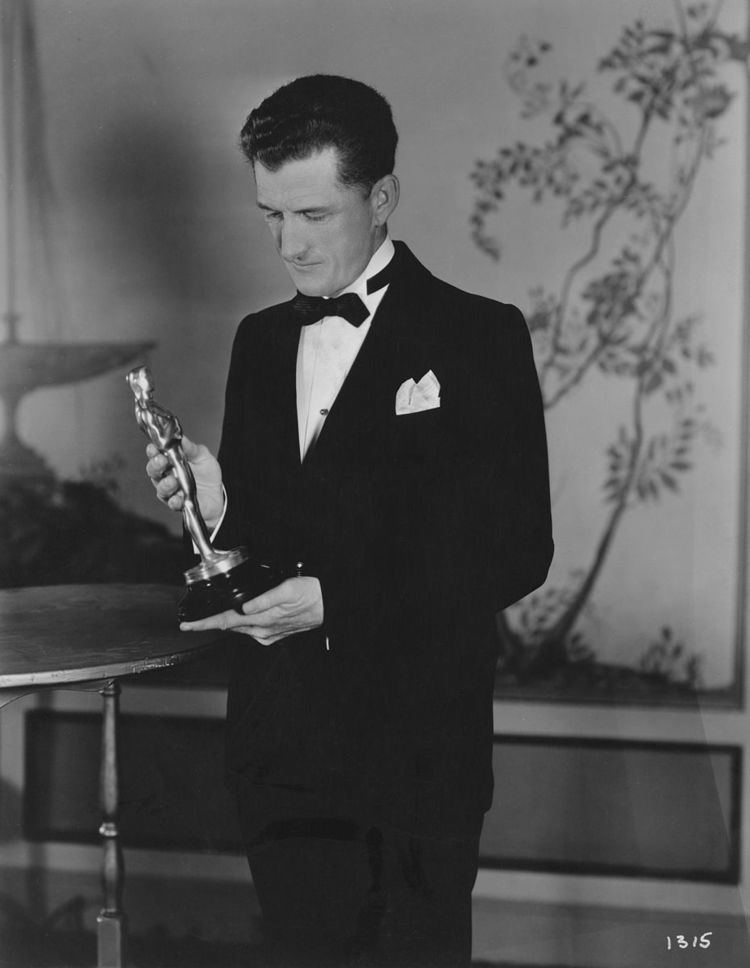Nationality American Name Clyde Vinna | Years active 1915–1953 | |
 | ||
Other names Clyde Da VinnaCapt. Clyde DeVinnaClyde DeVinna Occupation CinematographerDirector of photography Spouse Dorothy De Vinna (m. 1926–1953) Movies Tarzan the Ape Man, White Shadows in the So, Tarzan and His Mate, Trader Horn, Tarzan's Secret Treasure Similar People Harold Rosson, William Axt, Cedric Gibbons, W S Van Dyke, Doris Lloyd | ||
Clyde De Vinna (born July 13, 1890 in Sedalia, Missouri, died July 26, 1953 in Los Angeles, California) was an American film and television cinematographer and director of photography. He won the Academy Award for Best Cinematography for White Shadows in the South Seas presented by American Academy of Motion Picture Arts and Sciences in 1930 at their 2nd Academy Awards show.
Contents
Career
De Vinna was cinematographer on over 120 film and television projects from 1916 through 1953. He graduated from the University of Arkansas and began his career began when he joined Inceville studios in 1915 as First Cameraman. In 1916, he shot The Raiders, the first film to be shot at what was to become MGM. He was also an avid ham radio enthusiast, serving as an army radio operator, and carrying a portable transmitter with him on all location shoots. While shooting Trader Horn (1931) on location in Kenya, he seconded as the project's ham radio operator, keeping the production crew in the African bush in contact with their base camp in Nairobi.
When on location in Alaska for eleven months for the filming of Eskimo (1933), he kept the production company in contact with their base. While working in a small shack made air-tight against the cold, De Vinna was in short wave contact with a ham operator in New Zealand, and was overcome by carbon monoxide fumes emitted by his gasoline heater. When De Vinna's keystrokes faltered, the ham in New Zealand realized something was wrong, and put out a call for help to a ham in Hawaii, who in turn relayed the message to a ham in Alaska, which led to De Vinna receiving the necessary emergency aid.
De Vinna's life as a cameraman, world traveler, and adventurer was captured in the 1939 Pete Smith MGM short film Radio Hams, written by Buddy Adler and directed by Felix E. Feist, with actor Alonzo Price starring as Clyde De Vinna.
De Vinna was also accomplished in aerial cinematography. His scenes shot in Air Cadet, were referred to as "exciting air sequences" that were the "true highlights in this routine drama".
